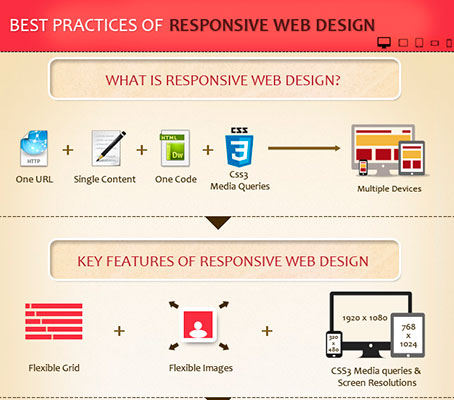Essential Elements Of Website Design: Guidelines For Developing A User-Centric Website
Essential Elements Of Website Design: Guidelines For Developing A User-Centric Website
Blog Article
Created By-McKnight Daugaard
When it concerns internet site layout, guaranteeing user-friendliness is vital. From receptive style to structured navigating, every element plays a vital role in developing a website that deals with your target market's requirements. But what about the finer details that can make or damage a user's browsing experience? Keep tuned as we discover some often-overlooked tips that can raise your site's use to the next level, making it really stick out in the digital landscape.
Value of Responsive Style
Responsive layout is a critical aspect of contemporary site growth. Guaranteeing your web site is responsive methods that it can adapt to various screen dimensions and devices, giving a smooth experience for customers.
With the increasing use of mobile phones and tablets to access the web, having a receptive design is important for getting to a wider audience. It assists in improving user experience by making your web site very easy to navigate and read on any type of device.
In addition, receptive design can positively affect your online search engine positions, as online search engine like Google prioritize mobile-friendly web sites. By having a receptive design, you're also future-proofing your web site, as brand-new tools with varying display dimensions remain to emerge.
Simplify Navigating Structure
To enhance individual experience and facilitate easy accessibility to information on your website, streamlining the navigation framework is vital. When developing your site, concentrate on creating a clear and instinctive navigating menu that assists site visitors discover what they're searching for rapidly.
Limitation the variety of menu products to the essentials, organizing associated pages together to avoid overwhelming users. Usage descriptive labels that plainly suggest the material of each page, making it simpler for customers to comprehend where each web link will take them.
Take into consideration implementing dropdown food selections for subcategories to prevent littering the primary navigating bar. Furthermore, include website development packages on the web page for customers that choose searching for specific information.
https://www.allbusiness.com/allocating-your-digital-marketing-budget-200385-1.html on mobile responsiveness in your navigation design to make certain very easy access on all tools.
Enhance Web Page Load Speed
Improving page tons rate is important for keeping site visitors on your web site. Slow-loading web pages frustrate individuals and can result in high bounce prices. To optimize page lots rate, beginning by optimizing photos. Press images without compromising top quality to reduce their data sizes.
Additionally, enable browser caching to save frequently accessed resources locally, accelerating load times for returning visitors. Minify CSS, JavaScript, and HTML data by eliminating unnecessary personalities, comments, and format, boosting tons speed.
Take into consideration making use of a web content delivery network (CDN) to distribute your internet site's material throughout multiple servers worldwide, lowering latency for individuals accessing your site from various places. Finally, restrict making use of third-party scripts and plugins, as they can significantly affect tons times.
Verdict
Finally, by integrating receptive design, streamlining navigating, and optimizing page load speed, you can produce a straightforward web site that appeals to a wider target market and enhances user experience. These essential elements guarantee that visitors can easily access and browse your website across various gadgets, leading to boosted interaction and satisfaction. By concentrating on these essential aspects, you can develop an effective internet site that maintains users coming back for even more.
